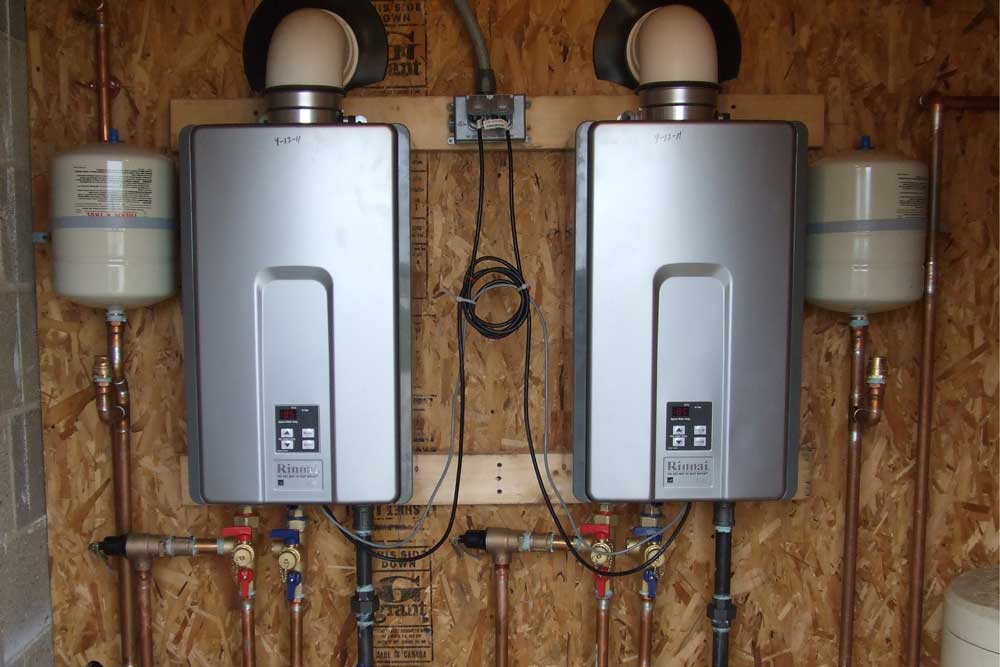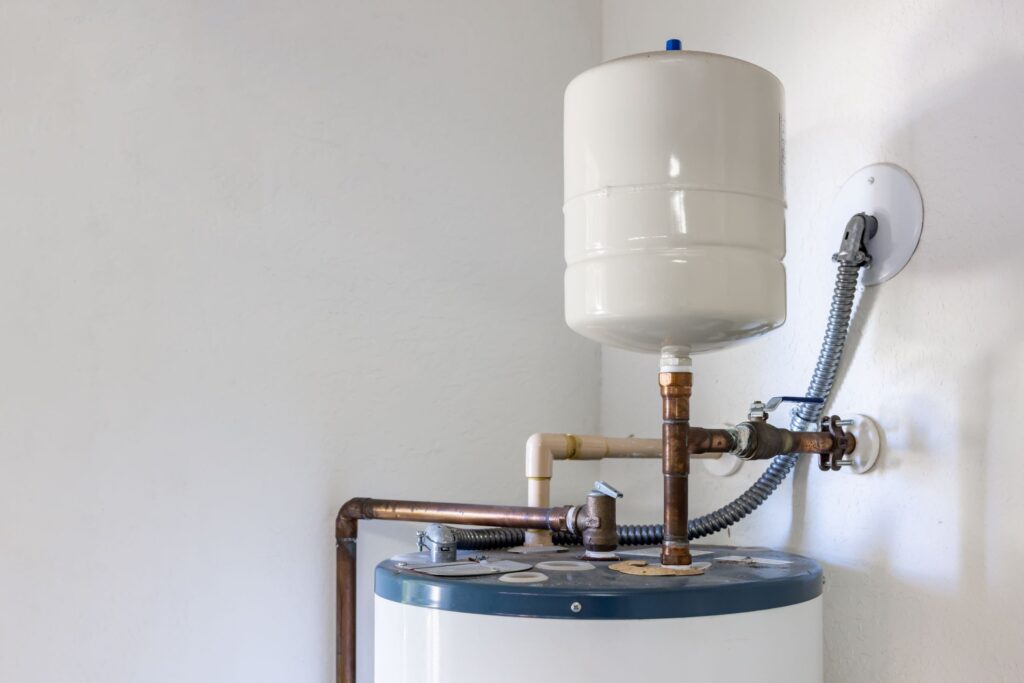Effective Techniques for Caring for Your Home's Hot Water System
Effective Techniques for Caring for Your Home's Hot Water System
Blog Article
This article following next about What Kind of Maintenance Do Water Heaters Need? is amazingly remarkable. Give it a try and make your own personal findings.

Warm water is vital for day-to-day comfort, whether it's for a rejuvenating shower or washing recipes. To ensure your hot water system runs efficiently and lasts much longer, regular upkeep is crucial. This post gives useful suggestions and understandings on how to preserve your home's warm water system to prevent disruptions and expensive fixings.
Introduction
Preserving your home's warm water system could seem daunting, however with a couple of simple steps, you can ensure it runs efficiently for several years to come. This overview covers everything from recognizing your hot water system to DIY upkeep pointers and understanding when to call in professional assistance.
Relevance of Keeping Your Hot Water System
Regular maintenance not just expands the lifespan of your hot water system however likewise guarantees it runs successfully. Overlooking maintenance can cause lowered performance, greater power costs, and also premature failure of the system.
Indications Your Hot Water System Requirements Upkeep
Understanding when your warm water system requires attention can avoid major problems. Look out for indications such as inconsistent water temperature, odd sounds from the heating system, or rustic water.
Purging the Hot Water Heater
Flushing your water heater removes sediment accumulation, enhancing efficiency and extending its life.
Checking and Replacing Anode Rods
Anode poles prevent corrosion inside the storage tank. Inspecting and changing them when worn is essential.
Complex Concerns Needing Professional Aid
Examples consist of significant leaks, electrical problems, or if your water heater is continually underperforming.
Regular Expert Maintenance Advantages
Professional upkeep can consist of complete evaluations, tune-ups, and guaranteeing compliance with safety and security criteria.
Checking and Changing Temperature Setups
Changing the temperature setups guarantees ideal performance and safety and security.
DIY Tips for Maintenance
You can do a number of upkeep jobs yourself to keep your warm water system in top problem.
Checking for Leakages
Consistently check pipes and links for leaks, as these can result in water damage and greater bills.
Comprehending Your Warm Water System
Before diving right into upkeep jobs, it's valuable to comprehend the basic elements of your hot water system. Typically, this includes the hot water heater itself, pipes, anode poles, and temperature controls.
Monthly Upkeep Tasks
Regular month-to-month checks can aid capture small issues before they rise.
Testing Stress Alleviation Valves
Evaluating the stress relief valve guarantees it works appropriately and avoids too much pressure accumulation.
Shielding Pipes
Protecting hot water pipelines reduces warm loss and can conserve energy.
When to Call an Expert
While do it yourself maintenance is valuable, some issues need specialist competence.
Verdict
Regular maintenance of your home's warm water system is important for effectiveness, long life, and cost financial savings. By following these pointers and knowing when to seek professional assistance, you can make sure a reliable supply of hot water without unforeseen disturbances.
How to Maintain an Instant Hot Water Heater
Before tinkering with your hot water heater, make sure that it’s not powered on. You also have to turn off the main circuit breaker and shut off the main gas line to prevent accidents. Also turn off the water valves connected to your unit to prevent water from flowing into and out of the appliance. 2. When you’re done, you have to detach the purge valves’ caps. These look like the letter “T†and are situated on either side of the water valves. Doing so will release any pressure that has accumulated inside the valves while at the same time avoid hot water from shooting out and burning your skin. 3. When the purge valves’ caps are removed, you have to connect your hosing lines to the valves. Your unit should have come with three hoses but if it didn’t, you can purchase these things from any hardware or home repair shops. You can also get them from retail stores that sell water heating systems. Read the user’s manual and follow it to complete this task properly. When the hosing lines are connected, open the purge port’s valves. 4. You should never use harsh chemical cleaners or solutions when cleaning your unit. Make use of white vinegar instead. It should be undiluted and you’ll probably use about 2 gallons. 5. Now flush your water heater. This task should probably take about 40 minutes. We can’t give you specific directions for this because the procedure is carried out depending on the type, model and brand of your heater. With that being said, refer to the user’s manual. 6. When you’re done draining the unit, you have to turn off the purge port valves again. Remove the hosing lines that you earlier installed on each of the water valves. Put the valve caps (purge port) back in their respective places and be very careful so as not to damage the rubber discs that are found inside these caps. 7. Now that everything’s back in place, check your user’s manual again to find out how to reactivate your water heating system. 8. Once it is working, turn one of your hot water faucets on just to let air pass through the heater’s water supply pipes. Leave the tap on until water flows smoothly out of it. https://www.orrplumbing.com/blog/2014/september/how-to-maintain-an-instant-hot-water-heater/

As a person who reads about Water Heater Maintenance Tips You Can't Afford to Forget, I was thinking sharing that chunk was a smart idea. Kindly take a moment to distribute this article if you liked it. Thanks so much for your time spent reading it.
Click Here Report this page